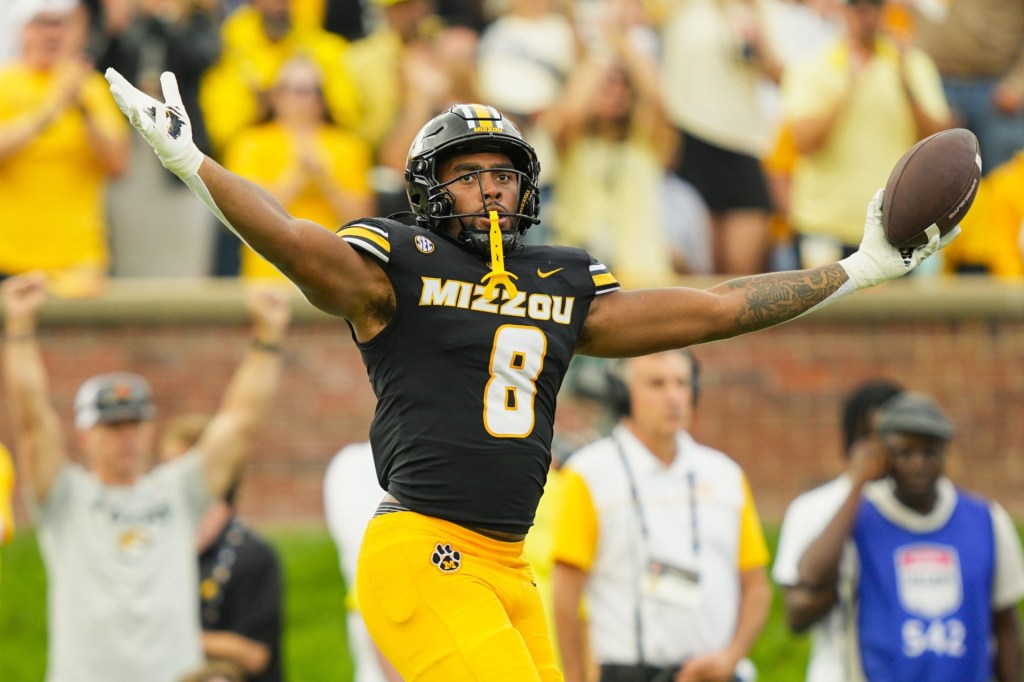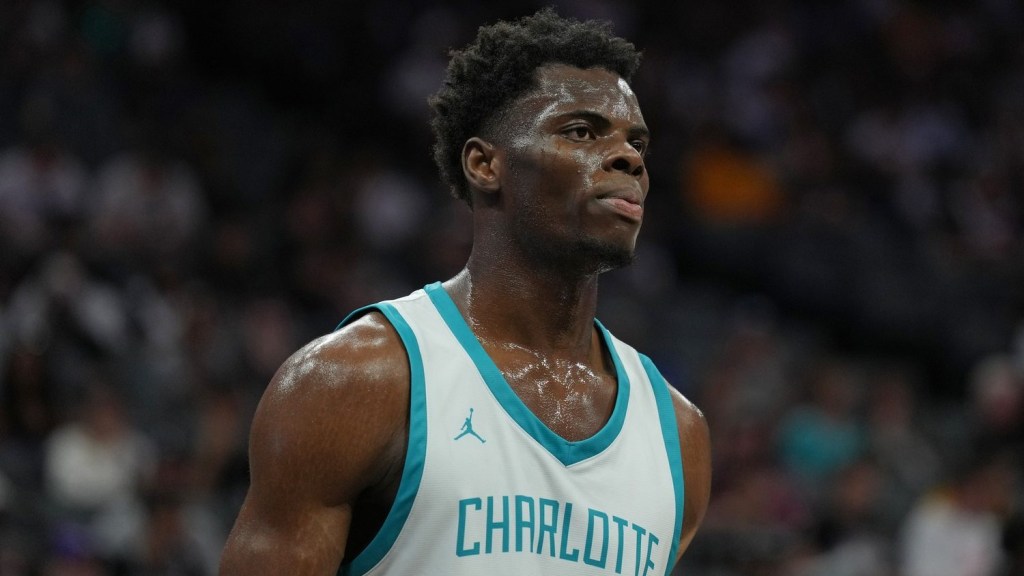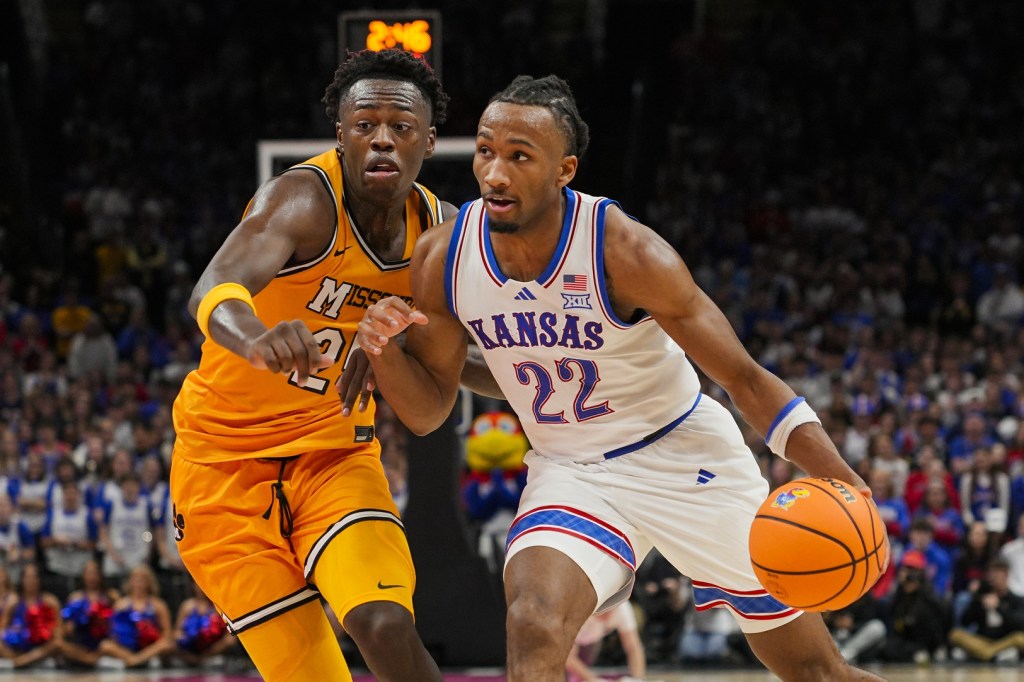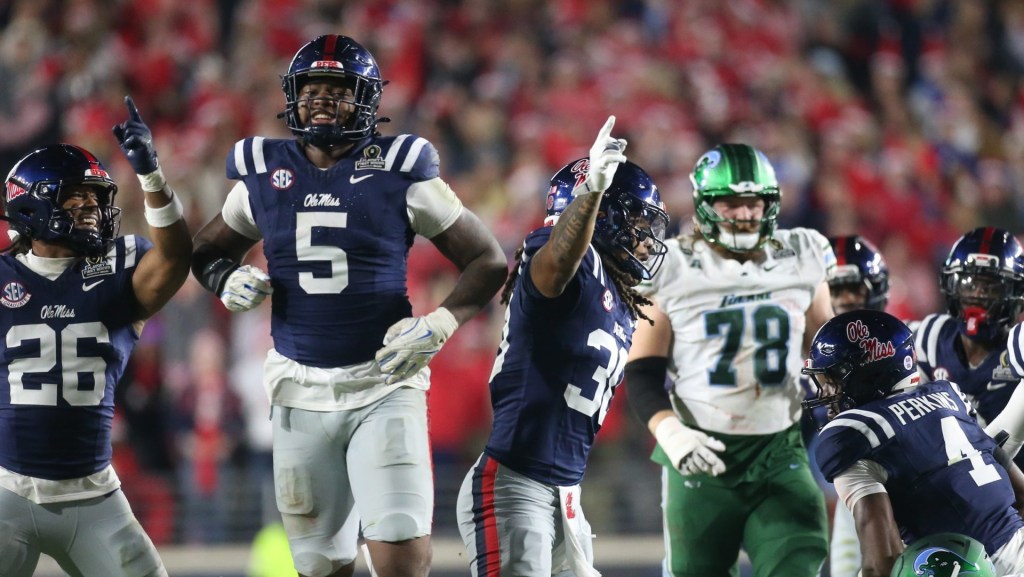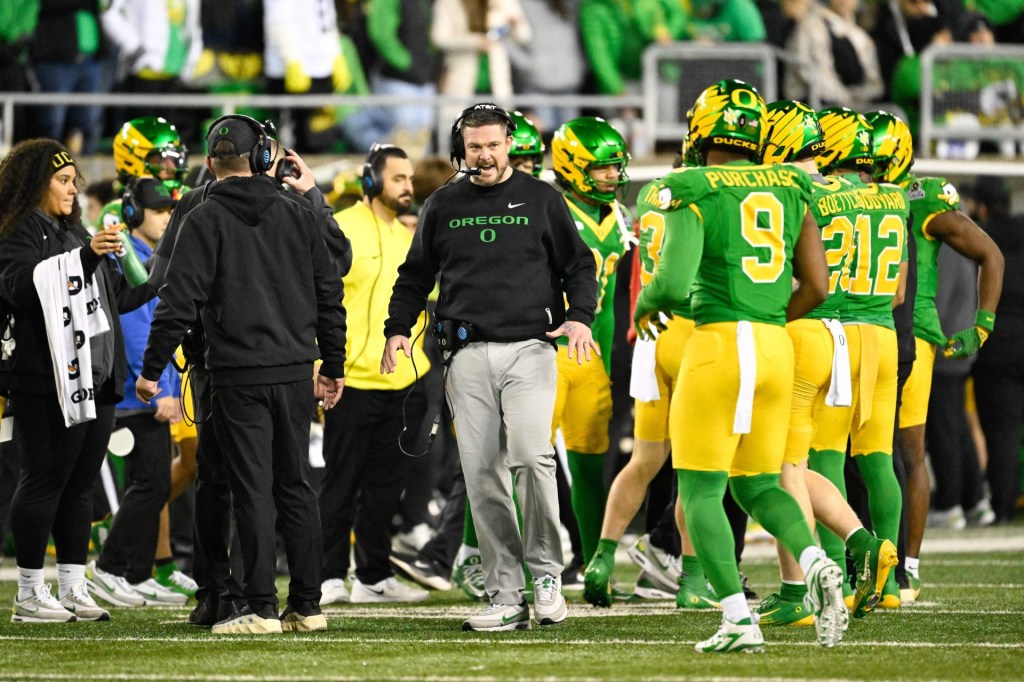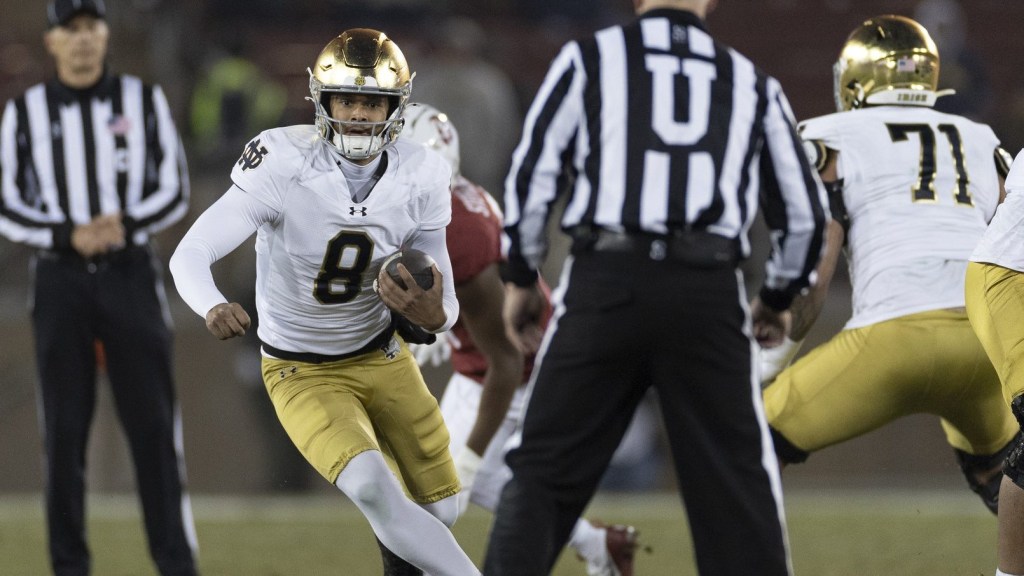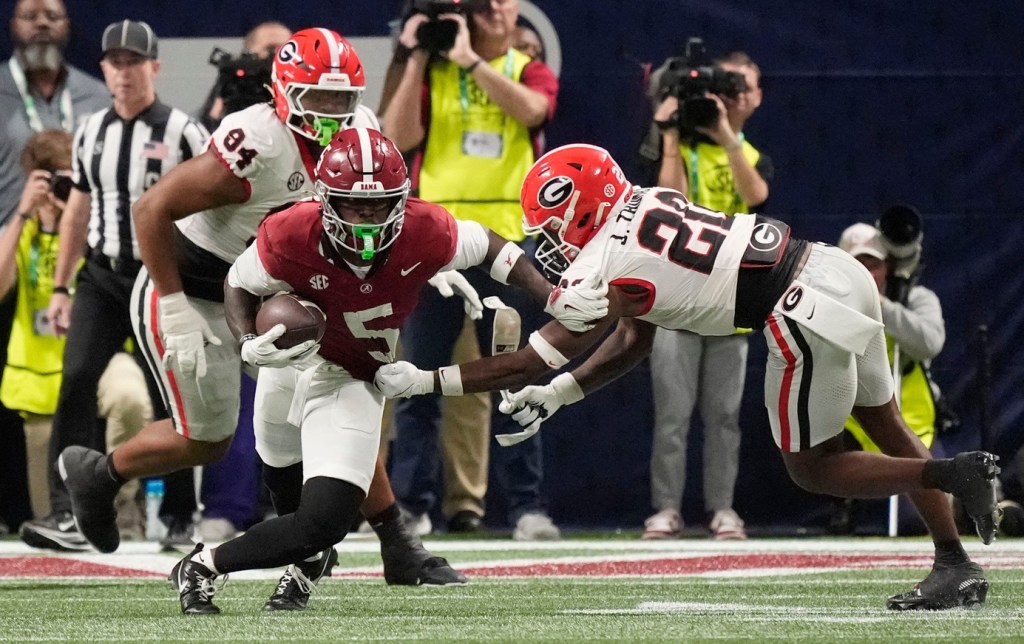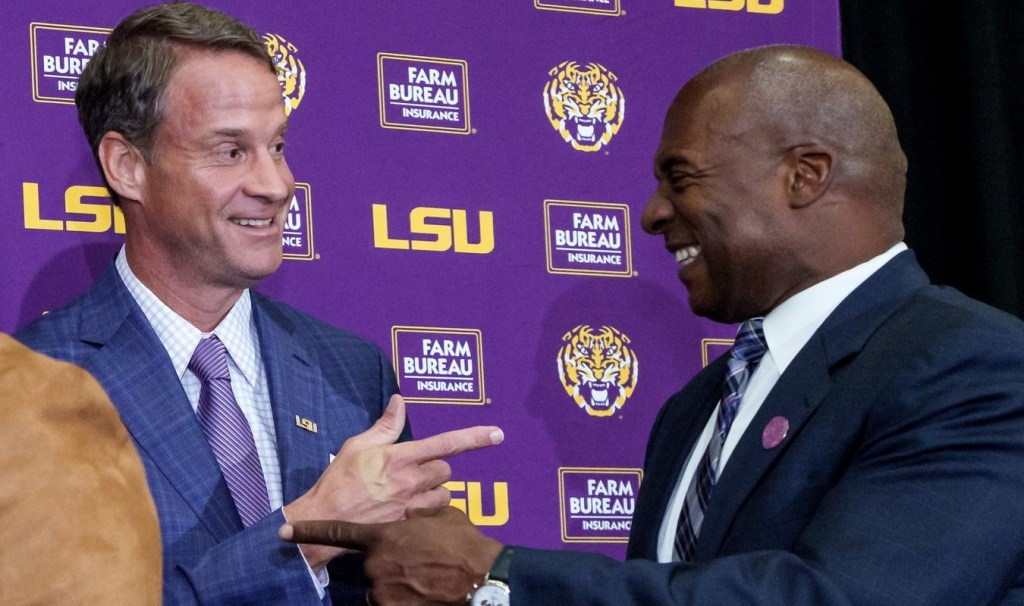The Oct. 24 Big Ten matchup between Penn State and Indiana featured more than just the Hoosiers’ one-point win in overtime — traces of the nation’s biggest contest, the presidential election, also appeared during the broadcast.
Both President Donald Trump and Democratic nominee Joe Biden aired campaign ads during the Big Ten game. Trump’s ad attacked Biden’s record on mass incarceration, while Biden’s focused on the positives of his healthcare plan.
But television ads from the Trump campaign have remained largely absent from college football games this season, according to data from iSpot.TV. In fact, Biden’s presidential campaign has purchased more ads during college football games that have yielded much farther reach than Trump’s.
Since Sept. 1, Biden’s campaign has aired ads during national college football broadcasts that yielded more than 15 million impressions, or views, while Trump’s campaign ads have yielded only about four million impressions, iSpot.TV data shows.
During the weeks of Oct. 17 and Oct. 24, neither have purchased any local ads, which iSpot.TV counts as those aired on ACC Network, Longhorn Network, and regional sports networks.
When measuring political ad impact, it’s more useful to measure impressions than the number of ads purchased, given that one well-placed ad could yield millions of views while a series of others may not come close on less popular broadcasts, said Ken Goldstein, the faculty director at the University of San Francisco in D.C. And while localized ads are more impactful since they can directly target swing state voters, it may be easier and cheaper to buy an ad on a national broadcast and forgo the use of some of those impressions.
The dynamic of Biden buying ads with more impressions than Trump during college football games doesn’t necessarily mirror the interest Trump has taken in college football — interest that political experts agree was part of a re-election campaign strategy to appeal to voters in swing states.
Since September, Trump has claimed credit for the return of college football, and in particular the midwest-heavy Big Ten season, during a presidential debate, on social media, and in campaign emails. Trump spoke with Big Ten Commissioner Kevin Warren in September about the return of fall football, though Warren didn’t have the power to unilaterally bring back the season. When the season did return, no Big Ten officials made public statements saying Trump helped, and one even emphasized the decision had nothing to do with politics.
Biden also used the initial halt of Big Ten football as part of an attack on Trump’s COVID-19 response, but hasn’t been as loud as Trump on the topic.
The trend does, however, appear to follow a national pattern in which Biden and his supporting groups are outspending Trump and his supporters in all TV ads, according to an NPR analysis.
Both candidates have focused ads on potential swing states, and Trump targeted the Big Ten during its opening weekend. Michigan, Pennsylvania, Florida, Iowa, North Carolina, and Georgia — all potential battleground states — were represented.
Of the TV spots Trump has purchased, two aired during the Big Ten’s opening weekend — one during the Penn State vs. Indiana game and one during the Rutgers vs. Michigan State game. He also purchased a spot during the Oct. 24 Iowa State vs. Oklahoma State game, and two games on Oct. 3: Tulsa at UCF and East Carolina at Georgia State.
Biden’s ads heavily targeted games including teams from Georgia, Texas, and Florida. They also included those from Iowa, North Carolina, and Nevada.
College football ads, and particularly those in the Big Ten, have proven important for political campaign advertising during the last couple election cycles, Goldstein said.
Big Ten games usually draw the non-college educated white male demographic residing in battleground states candidates are looking to appeal to, he said, adding that football games are also some of the few TV events usually watched live, where viewers can’t fast forward through commercials.
“It’s a desirable audience in a desirable state at a desirable time,” Goldstein said.
College football games are also ripe for local election ad spending, such as ads paid for by PACs that focus on congressional candidates. Of the ten richest PACs, the conservative, Trump-supporting group America First Action, and the more liberal-leaning Senate Majority PAC, grossed the highest number of impressions during national college football broadcasts in October at around 2.9 million each, iSpot.TV data shows.
During the week of the Big Ten and Mountain West’s return, impressions have skyrocketed exponentially for both campaigns. Trump ads received 3.6 million impressions during the week of Oct. 24, compared with just 332,747 impressions between Sept. 1 and Oct. 17. Similarly, Biden ads received about 5.5 million impressions during Big Ten return week, about a third of the total impressions his ads received for the entire period between Sept. 1 and Oct. 24.
While political ads have appeared less frequently during college football games than candidates’ rhetoric might have suggested, ads during NFL games were more prevalent.
The last weekend of college football before Election Day will include marquee Big Ten matchups where both presidential candidates will likely make some sort of advertising push — part of their final plays before the clock runs out.
“The same way that a wide receiver is trying to get separation for a cornerback,” Goldstein said. “What campaigns are trying to do is get separation in terms of their advertising by show and by target audience.”


